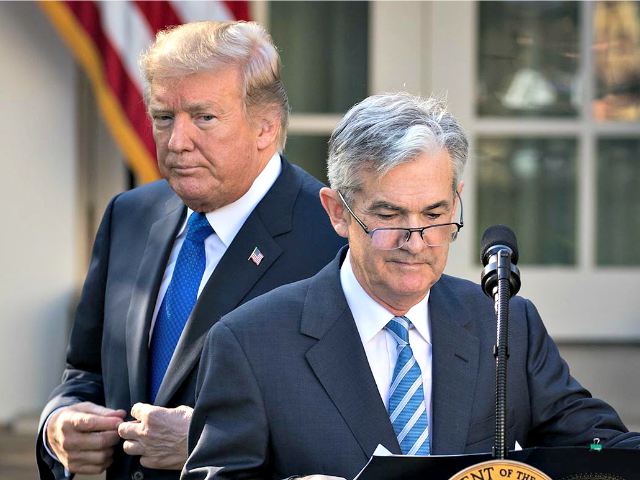Federal Reserve policymakers agreed to hold their interest rate target steady Wednesday and painted a mixed picture of the economy, noting slower inflation, lower business investment and consumer spending even while overall economic activity improved and the job market remains solid.
In the statement released after their two-day meeting, officials described economic activity “rose at a solid rate.” That is an improvement from the view Fed officials took after their March meeting, when they noted that “the growth of economic activity had slowed from its solid rate in the fourth quarter.”
Officials also said that the labor market remains “strong,” mirroring the language they used in March. They dropped, however, a nod to February’s low payroll growth, likely indicating that they view that as merely a momentary economic glitch.
The Fed changed its description of inflation. In March, the Fed had noted that headline inflation had declined but said this was “mostly as a result of lower energy prices.” The most recent statement notes that core inflation, which excludes food and energy, is running below the Fed’s 2 percent target.
The change was initially read by many market participants as setting the stage for a rate cut later this year. The most recent consumer-expenditure data showed core prices rising at just 1.6 percent and inflation has been falling since December. The Fed’s change to a patient stance on future rate moves has not arrested this decline.
But those expectations were crushed later on Wednesday when Fed chair Jerome Powell described the downturn in inflation as “transitory.” Traders took that as an indication that low inflation would not necessarily lead to a rate cut. That sent stock prices and bond yields tumbling, while the dollar gained.
Fed officials also said that both business investment and consumer spending have slowed. In March, they said that recent indicators pointed toward a slowdown but did not say it had actually occurred.
The Fed’s decision was unanimous, with all 10 members of the central bank’s rate-setting committee voting in favor of holding its rate target steady.
The five Fed governors also voted unanimously to cut the rate paid to banks on excess reserves, which are those not required to meet regulatory requirements based on deposits, from 2.4 percent to 2.35 percent. This is a technical change meant to bring the overnight inter-bank lending rates down to the middle of the Fed’s rate target range following several weeks of slightly elevated rates nearer to the top of range. The five regional presidents on the board do not vote on the excess reserve rate.
President Donald Trump has repeatedly called on the Fed to cut interest rates. On Tuesday, while the Fed’s policy meeting was ongoing, Trump reiterated his view.
China is adding great stimulus to its economy while at the same time keeping interest rates low. Our Federal Reserve has incessantly lifted interest rates, even though inflation is very low, and instituted a very big dose of quantitative tightening. We have the potential to go…
— Donald J. Trump (@realDonaldTrump) April 30, 2019
….up like a rocket if we did some lowering of rates, like one point, and some quantitative easing. Yes, we are doing very well at 3.2% GDP, but with our wonderfully low inflation, we could be setting major records &, at the same time, make our National Debt start to look small!
— Donald J. Trump (@realDonaldTrump) April 30, 2019
Fed officials insist that the president’s views will not influence their decisions on interest rates. But many market watchers suspect that Trump’s pressure last year played a role in getting the Fed to back off its policy of gradual rate hikes in favor of its current patient stance. Others say market turmoil that resulted after the last two rate hikes played a larger role.

COMMENTS
Please let us know if you're having issues with commenting.